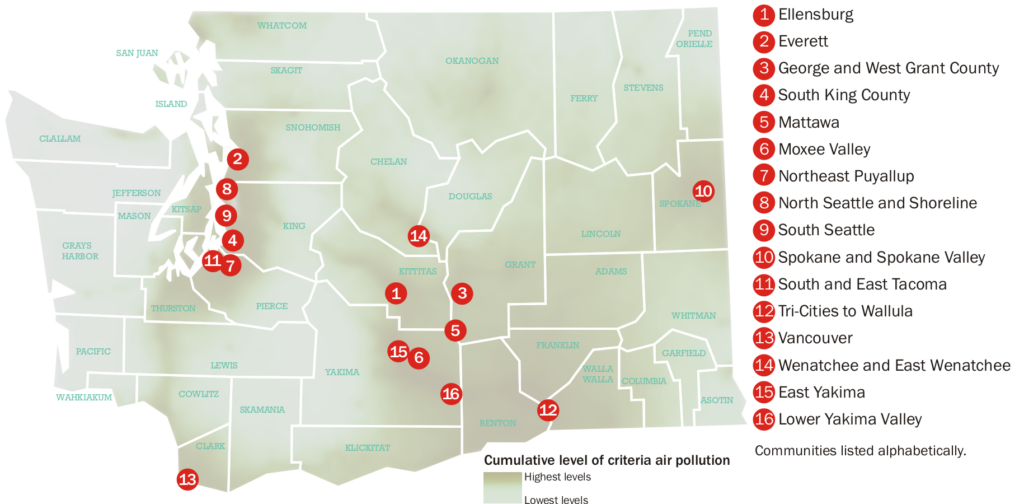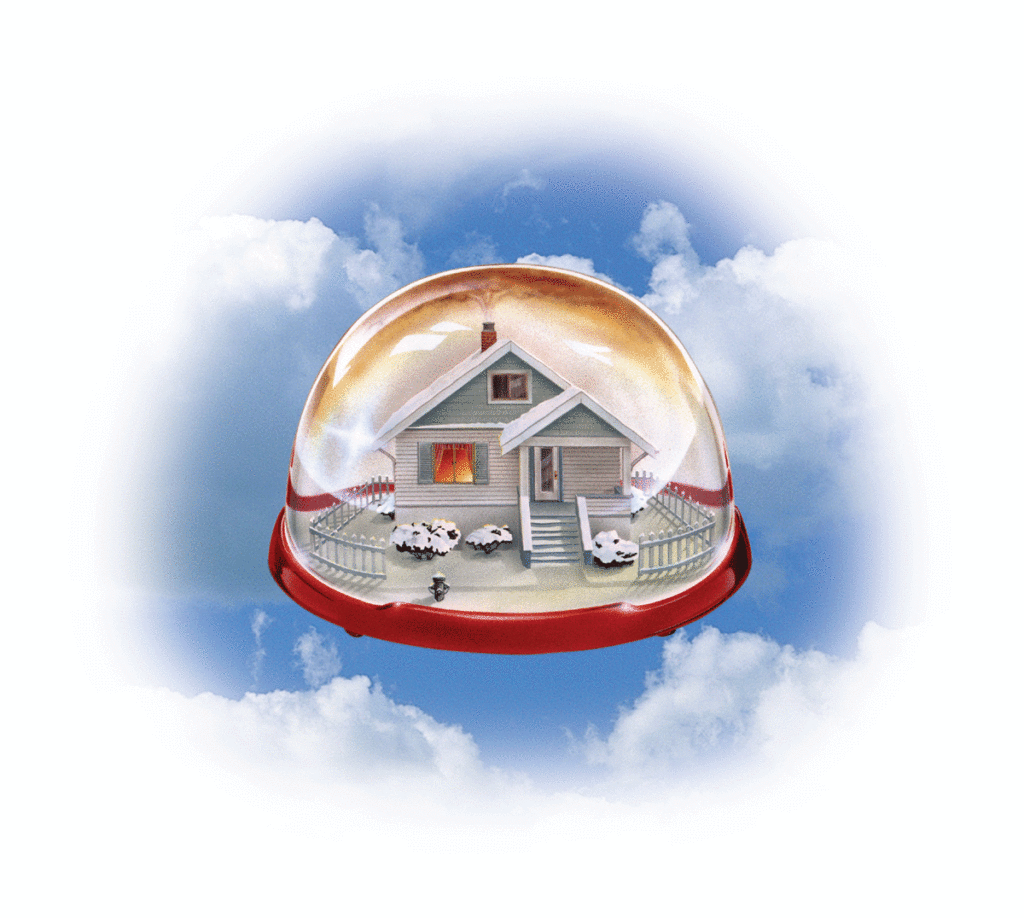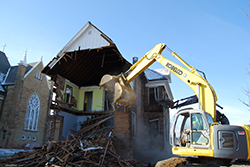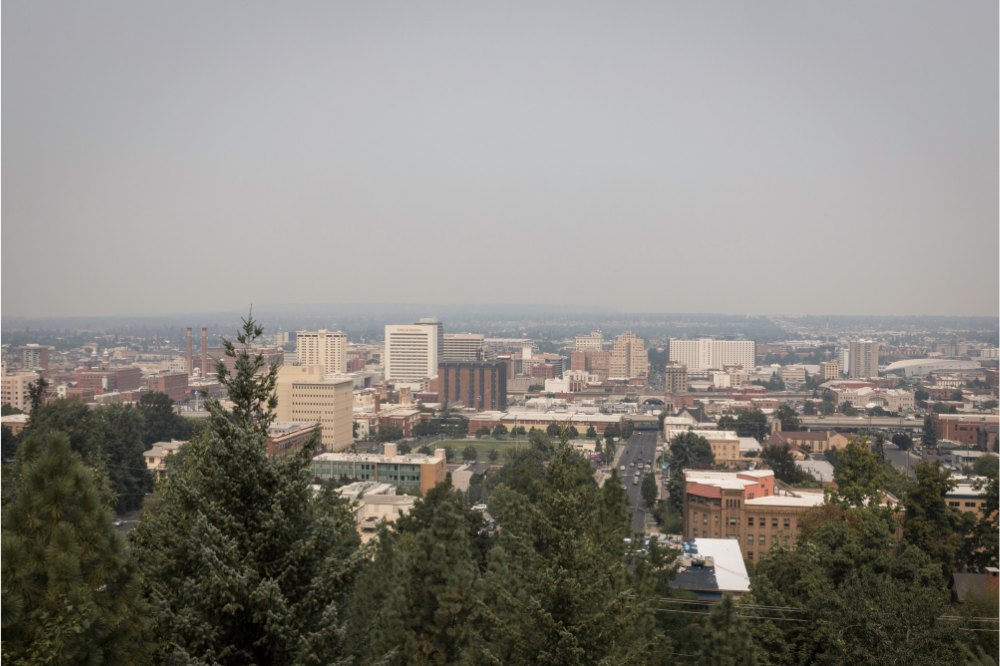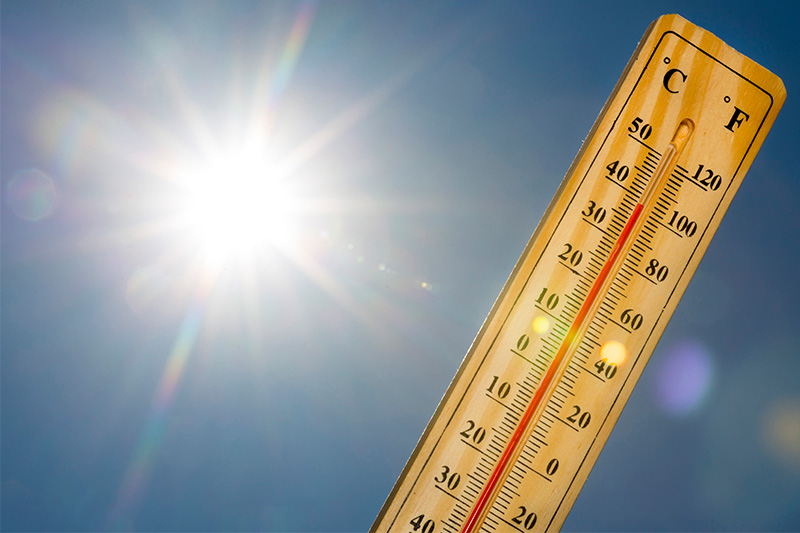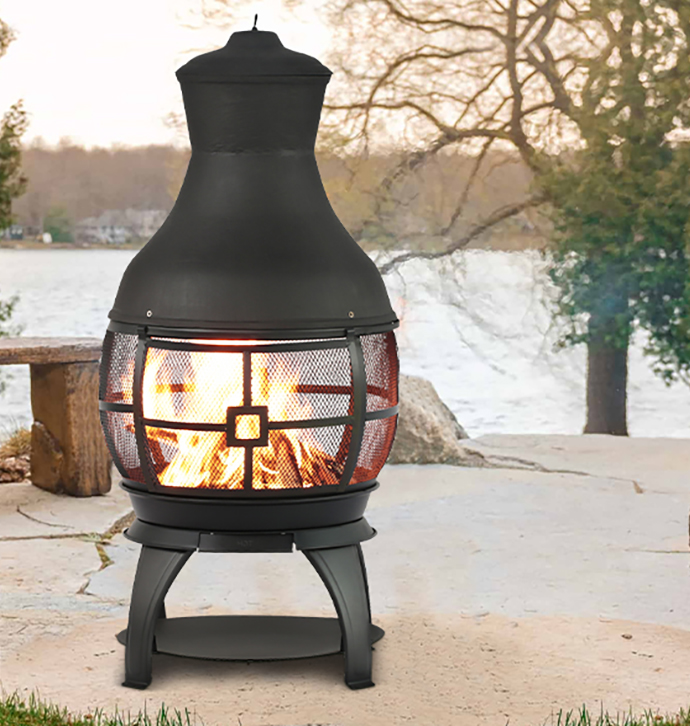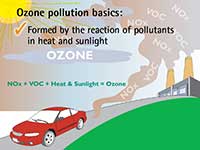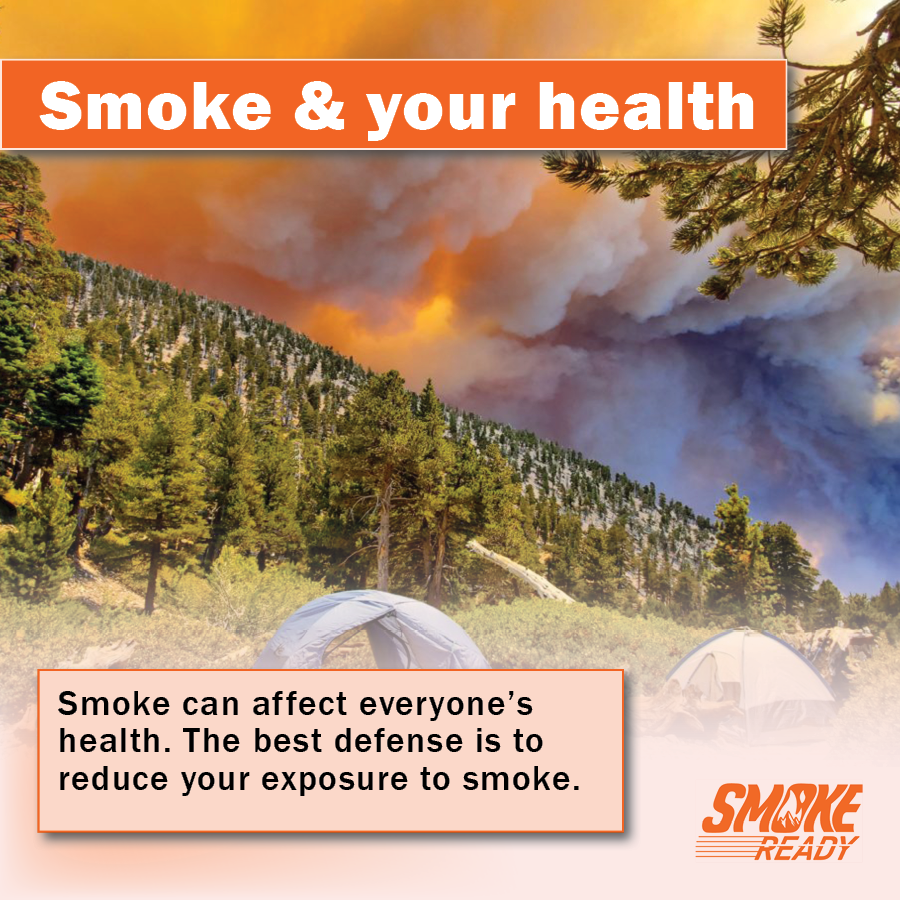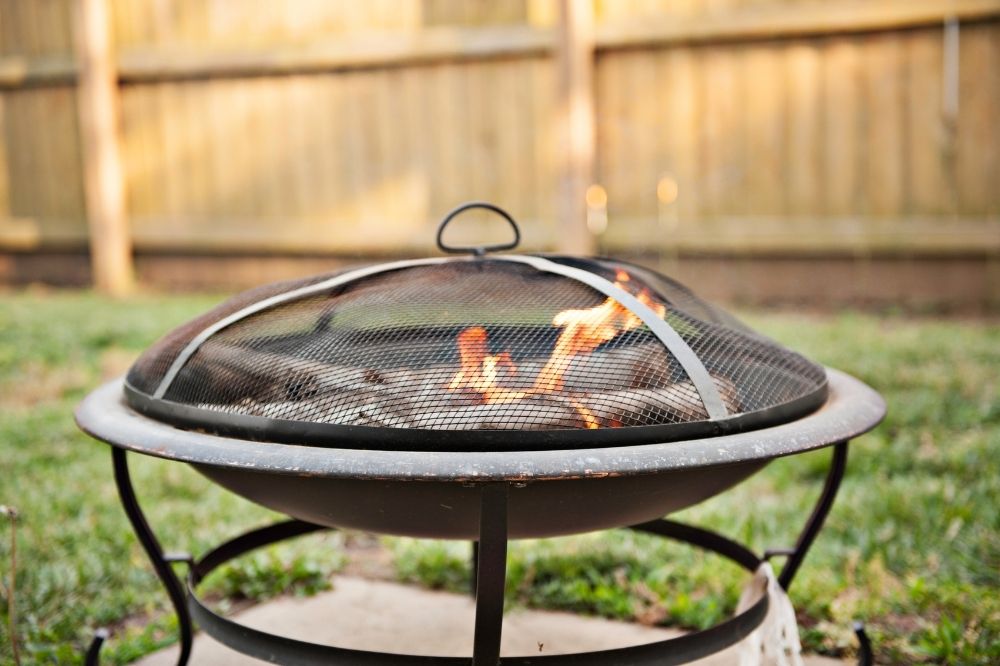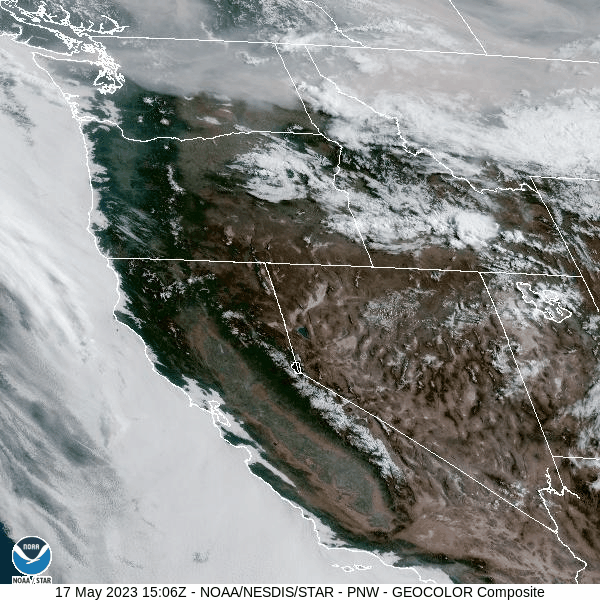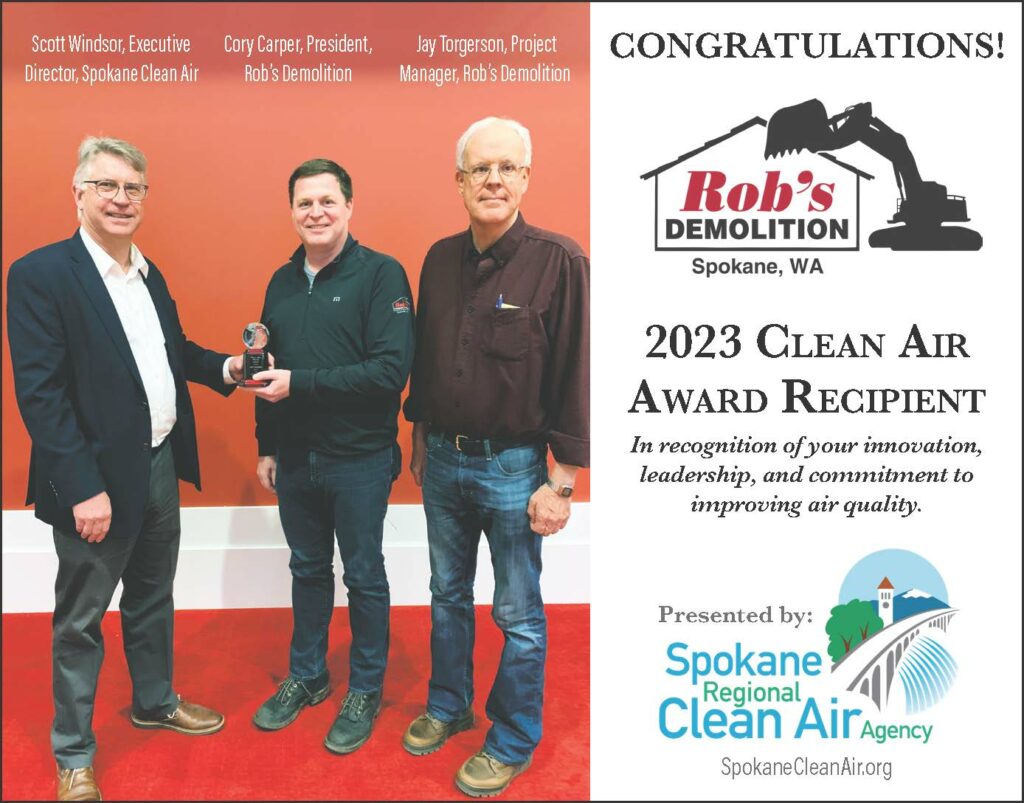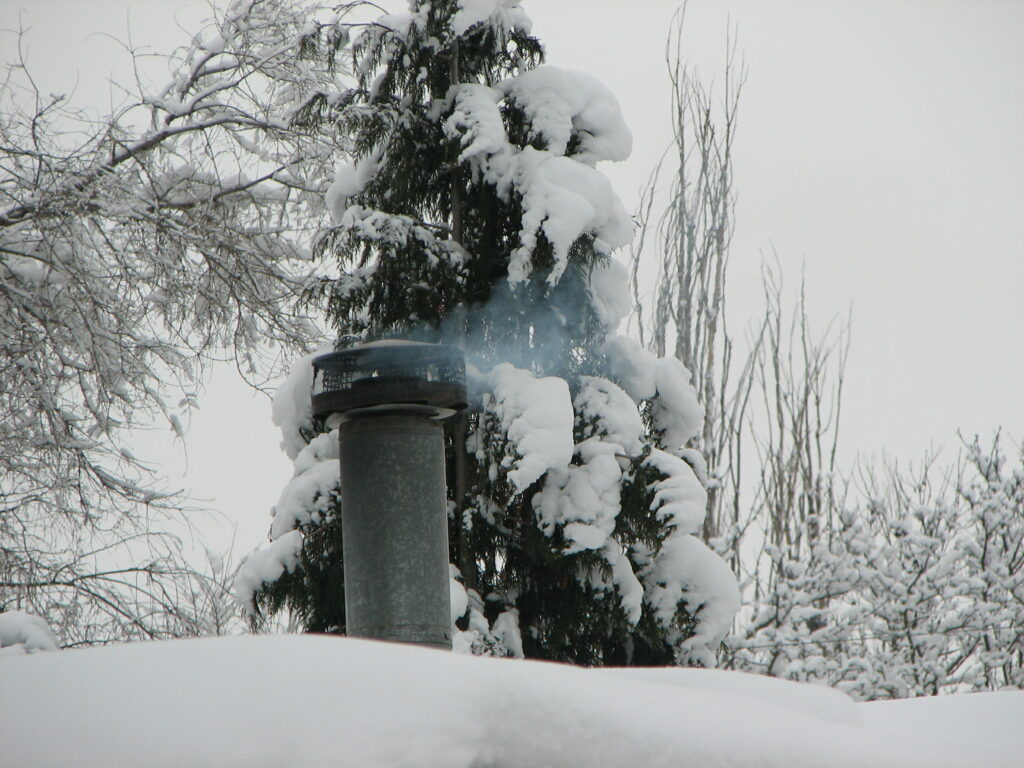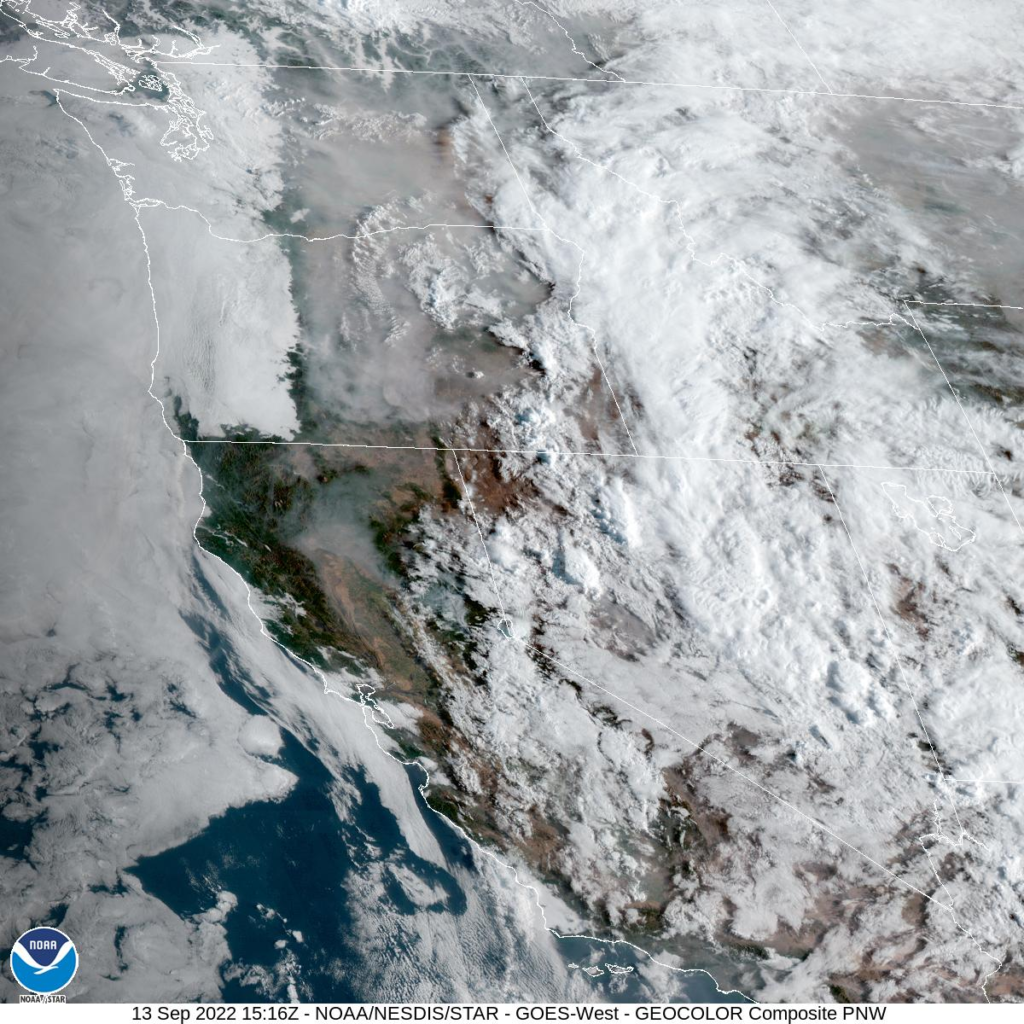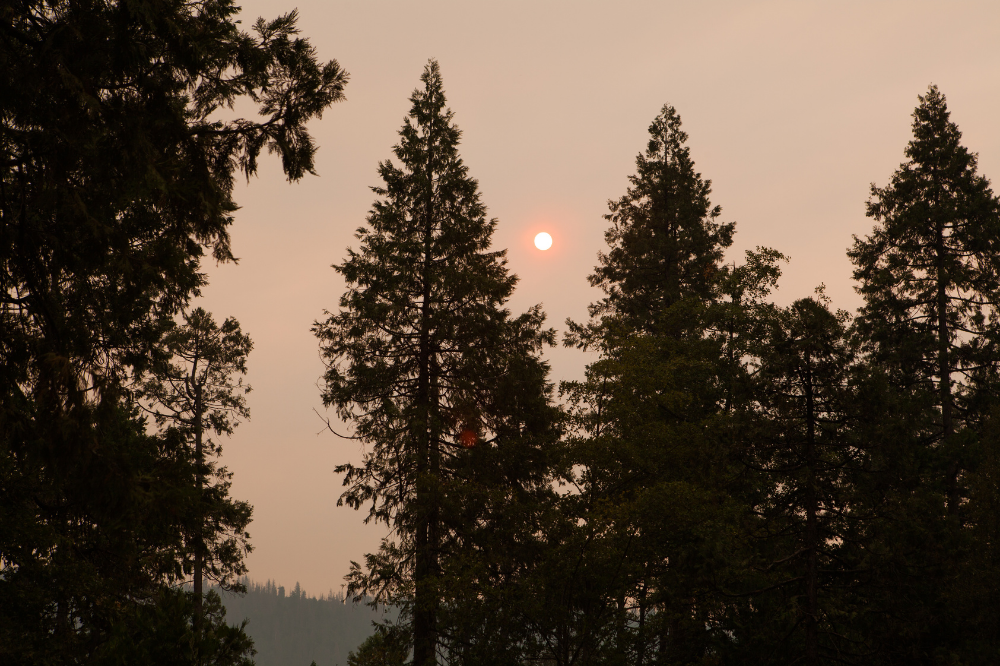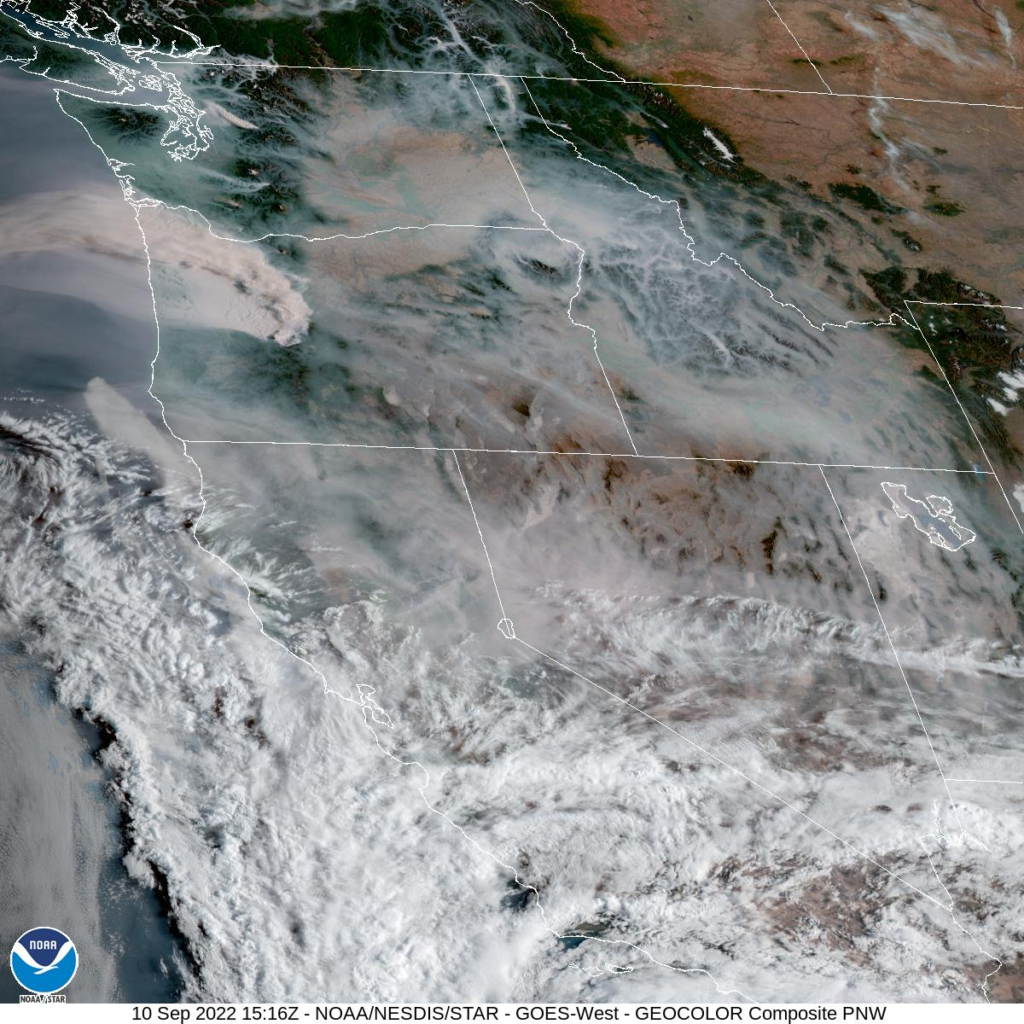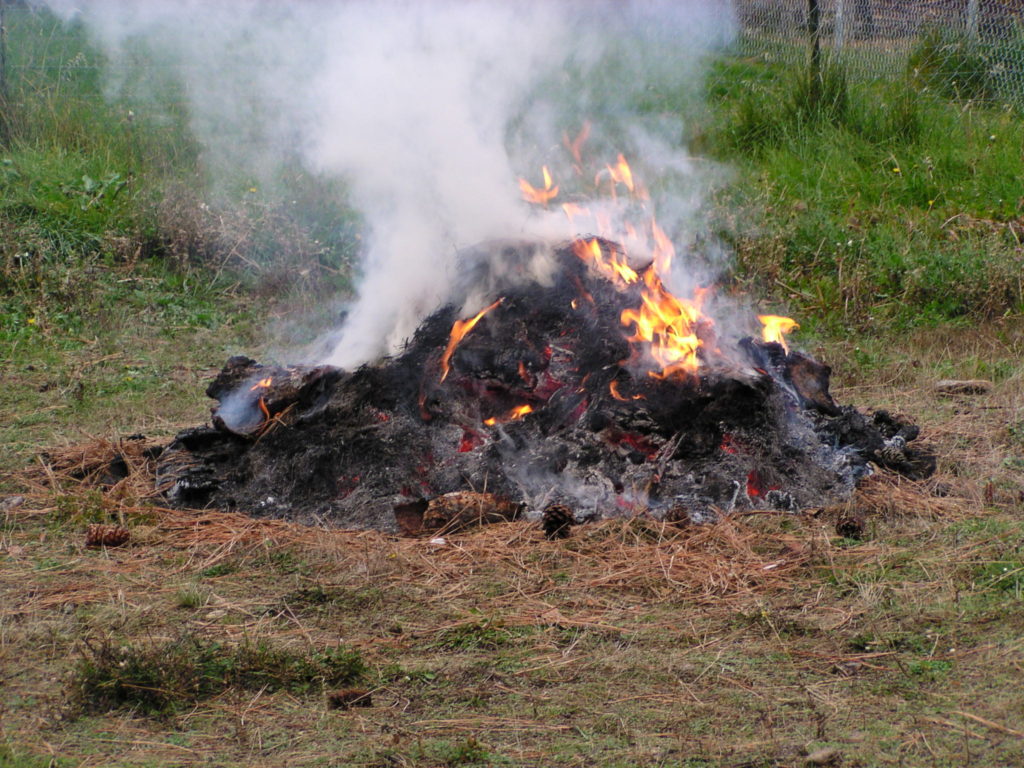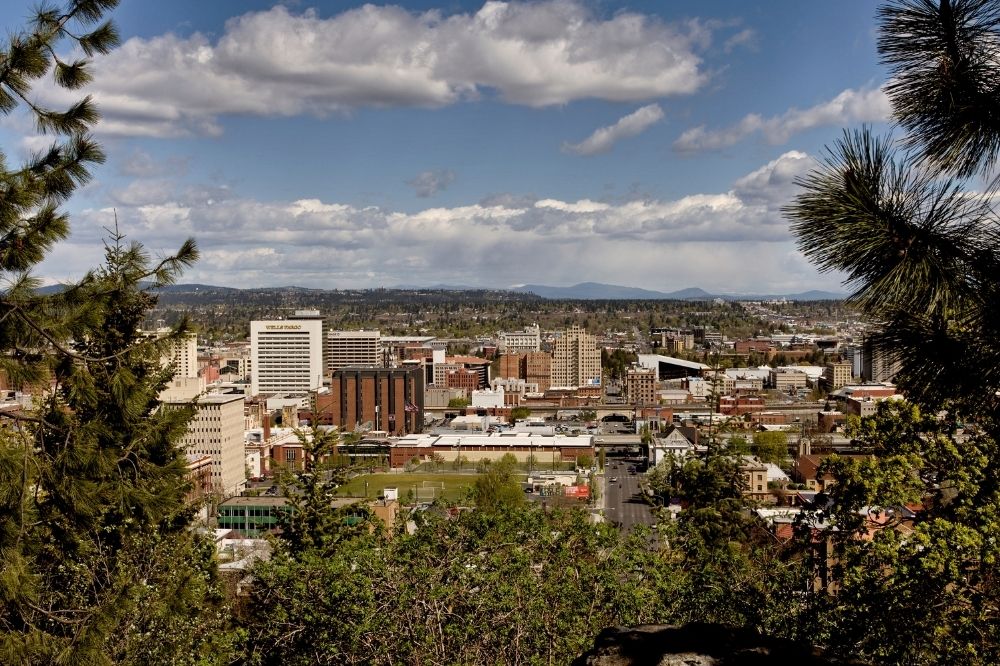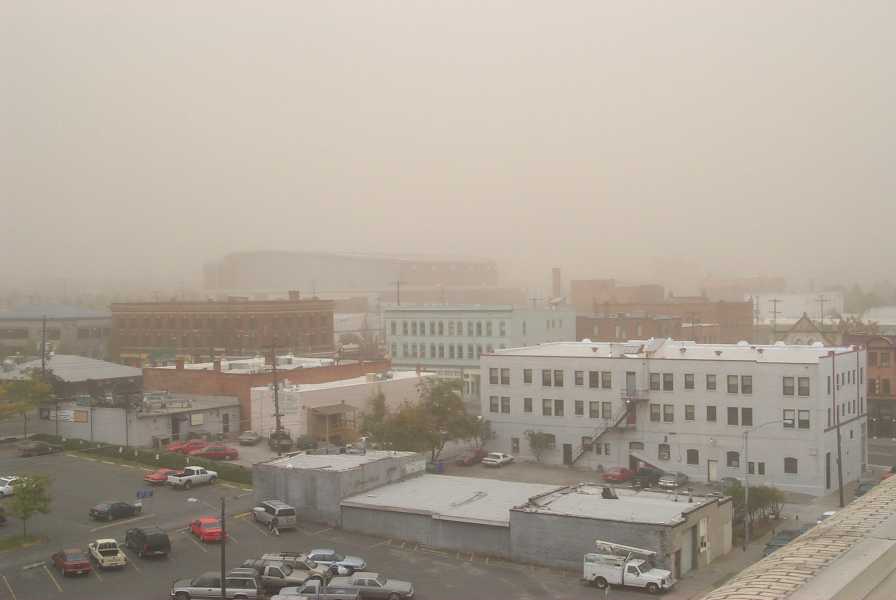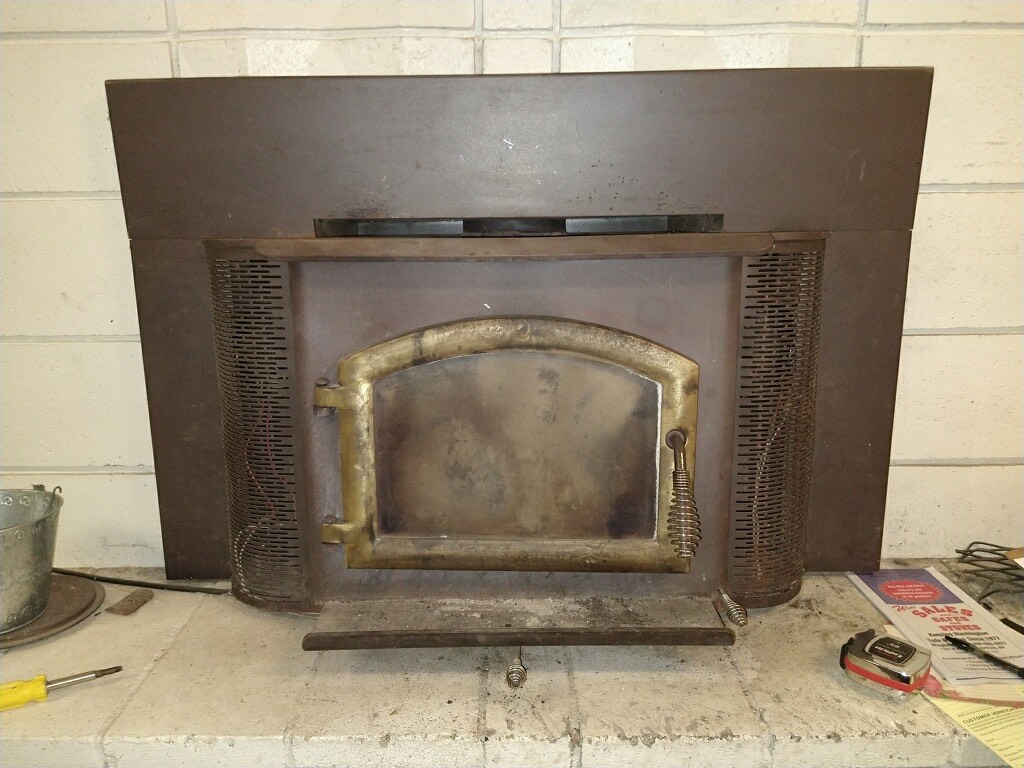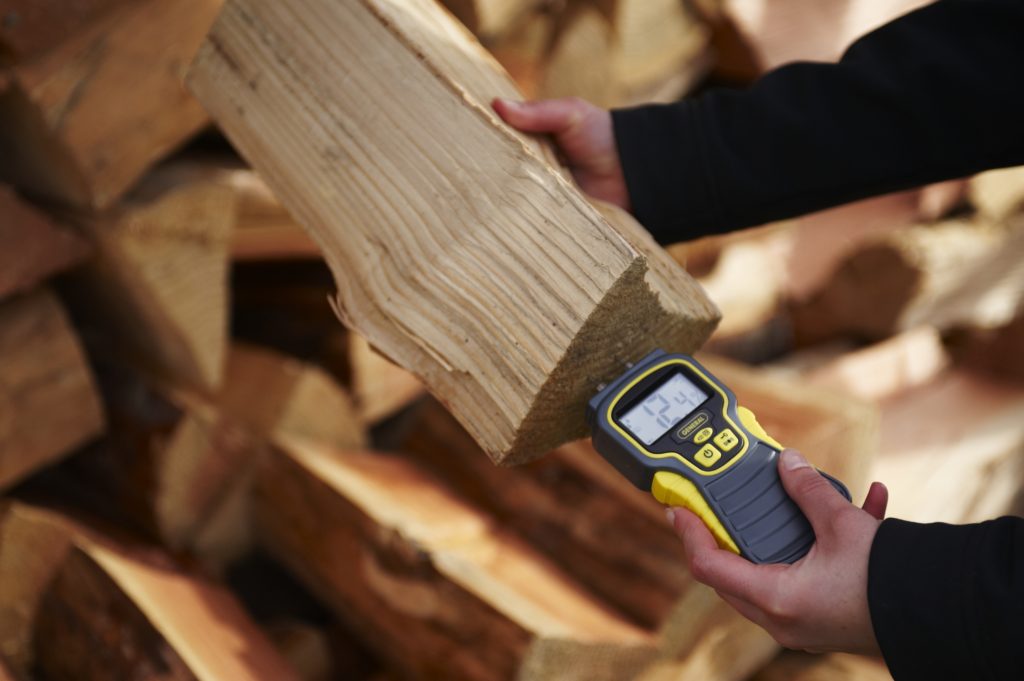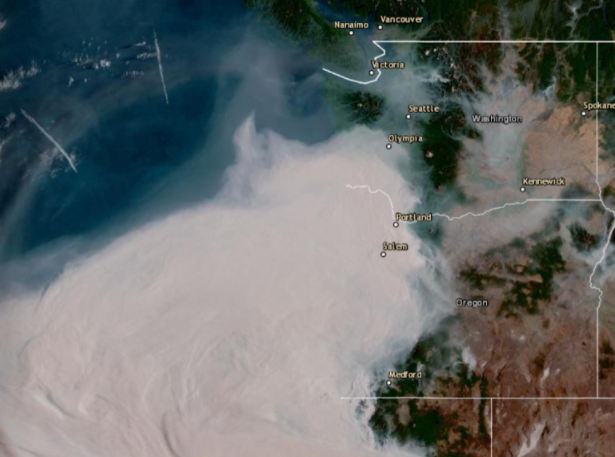
In the current COVID-19 pandemic, news outlets are reporting that air pollution is declining in several major metropolitan areas in the U.S. and in other countries. Following this, Spokane Regional Clean Air Agency has been asked if we are seeing a decline in Spokane’s air pollution.
So, are we seeing a decline in air pollution in our area?
The simple and easy answer is: Yes, probably. While we may not have the air quality monitoring data to back it up (for reasons detailed below), we do know that air pollution from transportation is down simply because there are fewer cars and trucks on the streets during quarantine.
The use of personal motor vehicles is one of the largest contributors to the two most common air pollutants in Spokane County: fine particles and ground-level ozone. Let’s take each one and discuss:
Fine particles (also called PM2.5) are those particles measuring 2.5 microns in diameter or smaller – basically, microscopic in size. PM2.5 comes from fuel combustion, including motor vehicle exhaust, open burning, and wood heating.
With fewer cars and trucks on the roads, we can safely say that less PM2.5 is being produced from automobiles. However, while we’ve had a decrease in automobile trips, we’ve had an increase in the other behaviors that contribute to PM2.5—outdoor burning and wood heating. As outdoor temperatures increase in spring, we typically see an increase in outdoor burning. Furthermore, we still experience cold temperatures in spring, particularly at night and early in the season, when the first Stay At Home orders were issued. Thus, individuals are continuing to use wood heating in their homes.
So, has our air quality monitoring network measured a noticeable difference in PM2.5 levels since the COVID pandemic began? The answer is no. PM2.5 produced by automobiles has decreased, but PM2.5 produced by other means has remained steady or even increased. Nonetheless, we are likely experiencing less PM2.5 now than we would be if not for this decrease in automobile driving.
Ozone. Ground-level ozone is the second most common air pollutant measured in Spokane, and transportation is a key contributor. However, air quality monitoring for ground-level ozone only occurs between May and September, when ozone is most likely to form. Unlike with PM2.5, nothing emits ground-level ozone. Rather, it is formed photochemically when gasoline and other vapors react with nitrogen oxides in the presence of sunlight. This photochemical reaction results in the formation of ozone. In Spokane, ozone typically peaks on the hottest days of summer. So, if the Stay Home orders continued into July and August, we can compare the levels of ozone pollution to previous years and begin to find out if our ozone levels have decreased as an indirect result of the COVID-19 pandemic.
The reduction in vehicles on the road during quarantine is having likely a positive impact on our air quality. So, what are some behaviors that have resulted from the Stay Home orders that could maintained to help improve air quality over the long term?
- Teleworking – Many employers have had to figure out how to make teleworking a viable option for employees. When businesses open back up, employers may wish to continue to provide a telework option for some employees even if for just a day or two each week. This would reduce the number of vehicles on the roads and thus cut down on pollution.
- Virtual meetings – While the transition to remote technologies may have been a difficult one, many of us have realized that not every meeting needs to be in person. It may be that telephone meetings or face-to-face Zoom, Skype, or Microsoft Teams meetings can be just as productive. This would further cut down on unnecessary car trips.
- Efficient trips in our cars – To reduce exposure to and spread of COVID-19, experts have suggested that we make fewer trips for essential items such as groceries. Once the Stay Home orders are lifted, continuing to avoid extra, unnecessary trips and errands will be beneficial to our air quality. Simple changes, like meal planning and keeping a grocery list, will help your trips be more efficient.
- Conservation efforts – We are all, to varying degrees, experiencing shortages of both essential and nonessential items. So, out of necessity, we have learned to use less of some products that we would have otherwise never given second thought. Continuing to reduce our consumption of products, particularly disposable products, can greatly reduce carbon emissions and waste in the long-term.
While we would never downplay the detrimental, long-term effects of the COVID-19 pandemic, our current situation has forced us to make many behavioral changes that can positively impact the environment, many of which we might have thought were impossible or unreasonable, such as telecommuting or reducing our paper towel usage. Therefore, we should reflect on our behavioral changes and determine which ones are worth hanging onto.


